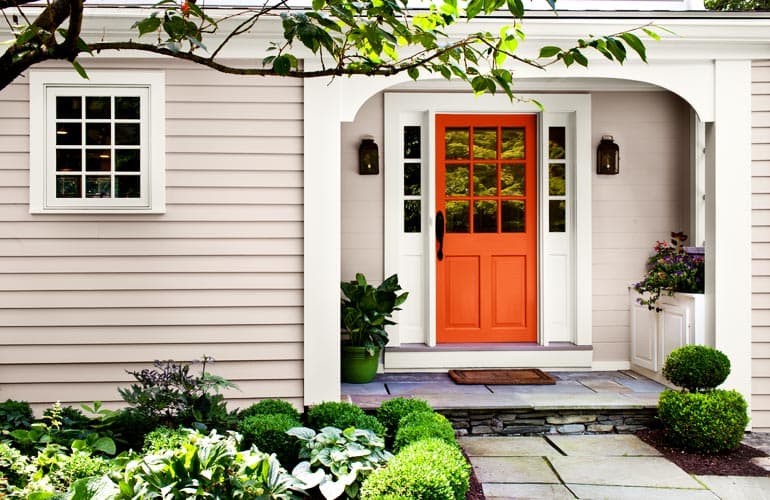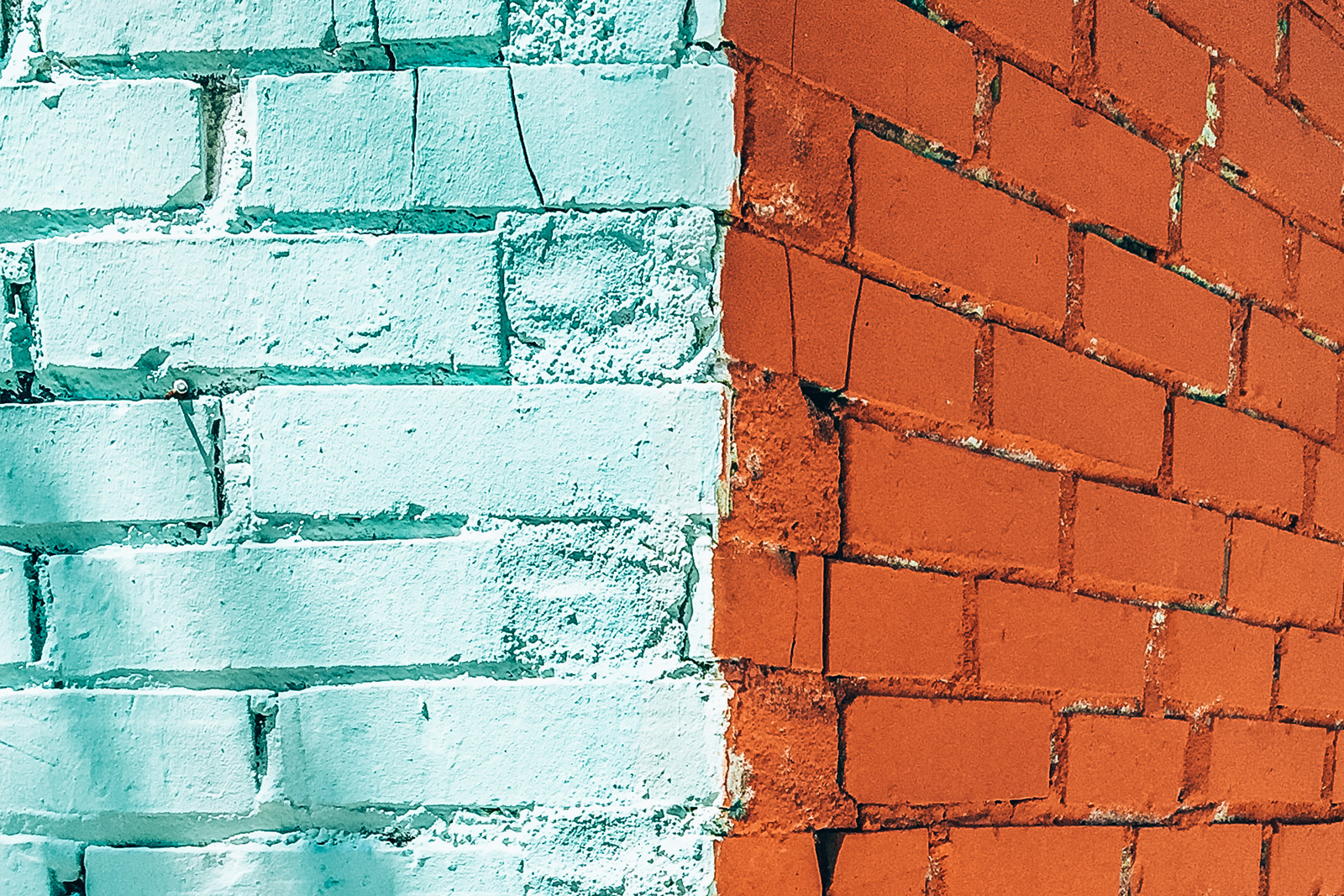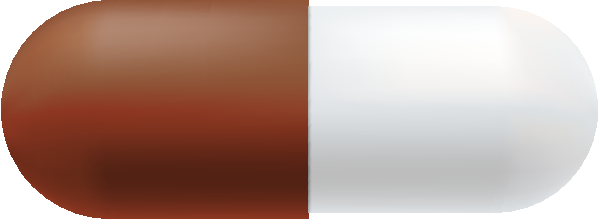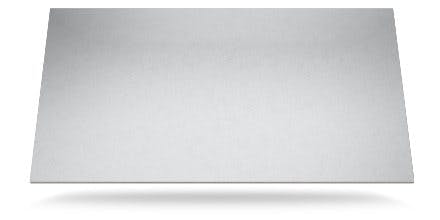
The recommendations that must be taken into account for its use according to the texture of the areas to be painted. Painting the exterior of the house is cheaper during the winter. This season stores offer good discounts on the prices of paints for outdoor use, as well as varnishes for doors, window frames, furniture, fences, and wooden terraces. Let’s know the selection process with how to choose exterior house colors.
The function of exterior painting is not only to embellish but also to protect the surfaces of walls or floors. Therefore, to choose the right one. It is necessary to analyze not only its aesthetic contribution but also its characteristics, durability, and application techniques.
How to choose exterior house colors?

During the choice between so many varieties of exterior paintings, they recommend taking into account the totality of the other houses of the neighborhood, as well as the natural landscape. For example, experts say, ochres and green paints play well in forested regions and earth tones are more suitable for desert areas.
The selection process
Undoubtedly, the color palettes that businesses specialized in paintings and other items for the best of the home have created, have become the first starting point in the selection process.
But, as the brightness of the preferred shade can change from brand to brand. Observe it inside or outside the store. The advice is to buy the small sample cans to apply them in one of the front walls of the house. Observe it at different hours of the day to see how the color varies.
Outside of this point, one must also take into account the quality, durability and finish of the paint.
The finishes and their uses
As with interior paints, exterior paints have different types of finishes designed to beautify walls, floors, and fences made of brick, concrete, wood.

Plain: The paints with “plain” finish, or matte finish, are the best option to cover imperfections. They are ideal for painting older and weather-worn walls. Because they are less waterproof than glossy paints. It is best not to use them in rainy and high humidity areas.

Eggshell and satin: The eggshell and satin finishes have a slight shine and can also work well on walls, especially ones that are newer and softer.

Semigloss and gloss: The glossy and semi-gloss finishings are used more frequently to highlight the details of the wood.

Oil-based: They are resistant to weathering, but not to alkalinity; For this reason, to apply them in alkaline areas (such as concrete, stucco or new bricks) it is necessary to neutralize and then seal the surface with an alkali resistant product.

Concrete walls: Preferably, matt finish paints should be used, which have good covering power, excellent breathability, easy application, fast drying and homogeneous finish.

For terraces and wooden fences: To rejuvenate and protect this material you must choose a weather-resistant varnish, easy to broach, great performance and excellent elasticity.

Coated brick walls: In this material, it is recommended to use bright latex paints, which do not allow water to pass through but steam. This prevents paint from becoming engulfed.

Brick walls insight: There are varnishes and sealers that protect and waterproof the bricks, leaving their color and texture as they are in sight.

Floors and Porch: The 100% acrylic latex paint provides the best result to give resistant coverage to floors, garages, porches, decks and concrete surfaces that are left outdoors.
Preparation of the surface and paint
For the paint to comply well, you have to prepare the surface where it will be applied. And for that, Home Depot experts say that you should follow these steps:
- Clean, scrape and fill the holes in the surface before applying the paint.
- If the unpainted wood is gray or worn, it should be sanded before painting.
- Smooth surfaces may require light sanding to improve priming or paint adhesion.
- Apply a prime to the wood in its natural state before beginning to paint it.
House combining colors
Another good option is to paint the facade of a house combining colors. Here are some ideas to combine colors in the home’s facade:
White and brown: if we do not want to emphasize too much and that our house has a calm and natural aspect, the combination of white with beige or brown can be a good idea. The tone of the brown, yes, we do not recommend it very dark.

White and pearl gray: a combination similar to the previous one. With this, we will give even a touch of elegance to our home. Of course, as we said above, the best thing is for the target to be in the areas where the sun is mostly sunny.

White and red: if in spite of what is mentioned in the previous section, our dream is that our facade of the house has some striking tone, it is best to combine it with white. As for painting the interior of the home, it is advisable to choose only one or two parts of the facade (if possible, small) to paint with a striking color such as red.

White and blue: if, instead, we want to combine white with an attractive color, but without being too bright, we can opt for a blue. As with red, we recommend only painting one or two areas of the facade with that color.

